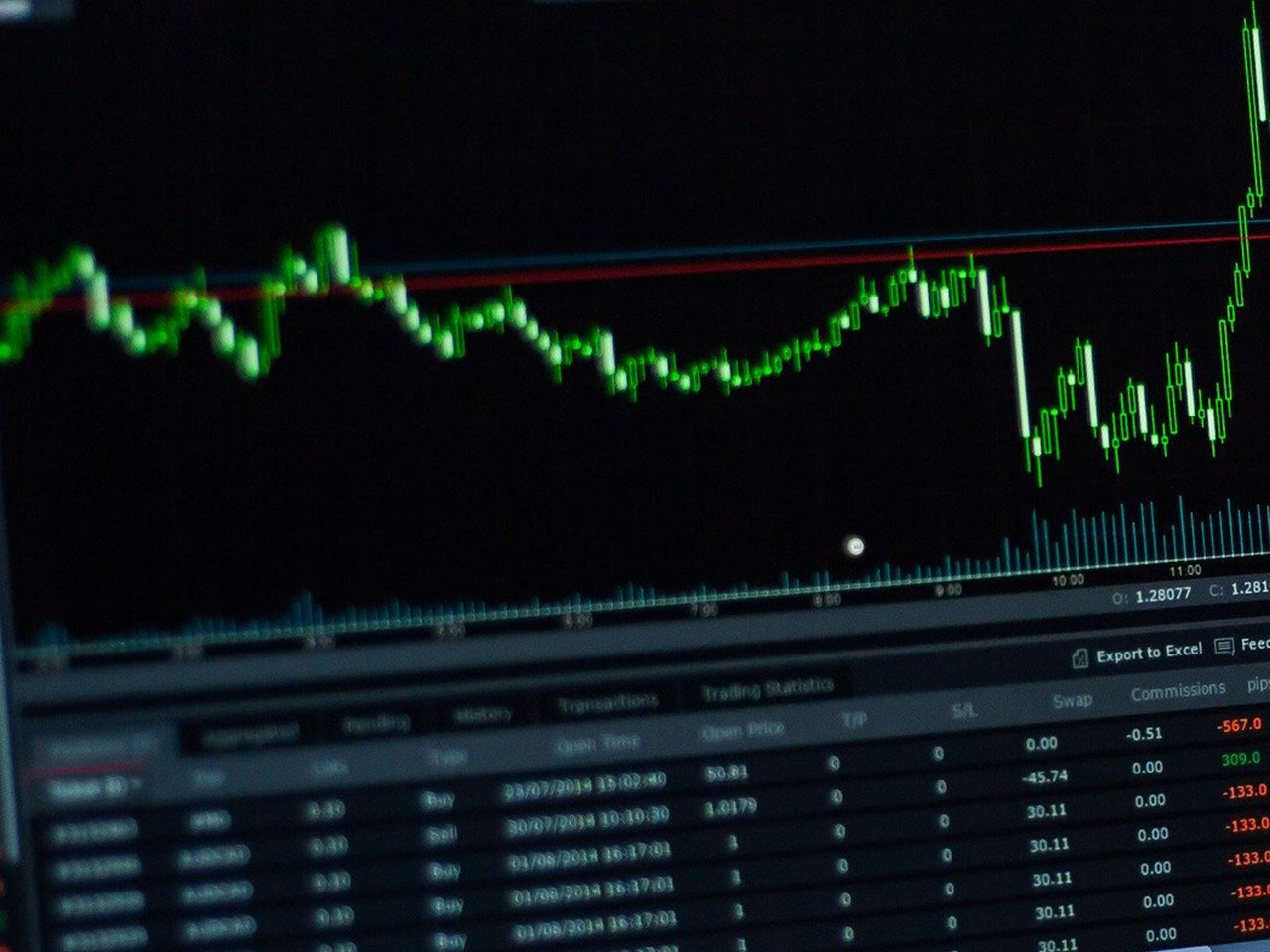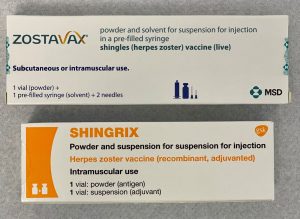ASOS PLC (ASC.L), a prominent player in the online fashion retail sector, is experiencing a turbulent phase that demands a closer look from investors. With its market capitalisation standing at $364.71 million, ASOS continues to be a significant entity within the consumer cyclical sector, particularly in the internet retail industry. Headquartered in London, the company operates globally, including in the UK, EU, and the US, offering a diverse range of fashion products under well-known brands such as ASOS Design, Topshop, and Miss Selfridge.
The current share price of ASOS is 306 GBp, positioned within a 52-week range of 230.00 to 446.00 GBp. This indicates that the stock is trading closer to its lower threshold, suggesting potential volatility and investor caution. Notably, the price has remained unchanged recently, reflecting a period of stagnation.
ASOS’s financial metrics present a challenging picture. The company’s revenue has contracted by 13.70%, a stark reminder of the hurdles it faces in a competitive market. The earnings per share (EPS) is -2.47, and the return on equity (ROE) is a concerning -62.59%, highlighting significant profitability issues. Furthermore, with a forward P/E ratio of -1,701.61, the firm’s future earnings potential appears bleak, raising questions about its current valuation and growth prospects.
Despite these setbacks, ASOS has demonstrated resilience with a free cash flow of £106.68 million. This positive cash flow is a critical lifeline, offering some financial flexibility to navigate through its strategic challenges. However, the absence of a dividend yield and payout ratio further underscores the company’s focus on stabilising its operations rather than returning capital to shareholders.
Analyst sentiment on ASOS is mixed, with six buy ratings, seven hold ratings, and four sell ratings. The target price range is notably wide, from 220.00 to 790.00 GBp, with an average target of 401.09 GBp. This suggests a potential upside of 31.08%, indicating that some analysts remain optimistic about ASOS’s ability to rebound. However, the broad range also reflects the uncertainty surrounding the company’s future performance.
Technical indicators provide additional insights. The stock’s 50-day and 200-day moving averages are 306.78 and 350.66, respectively, showing that it is trading below its longer-term trend. The Relative Strength Index (RSI) of 34.76 suggests the stock is nearing oversold territory, which might interest contrarian investors looking for potential entry points. However, with a MACD of -0.52 and a signal line of -0.20, bearish momentum still prevails.
As ASOS continues to adapt to the evolving retail landscape, investors will need to weigh the risks of its current financial position against its potential for recovery. The company’s strategic initiatives, market positioning, and ability to manage operational challenges will be key determinants of its trajectory in the coming months. For investors, the current scenario offers both caution and opportunity, depending on their risk appetite and investment strategy.










































